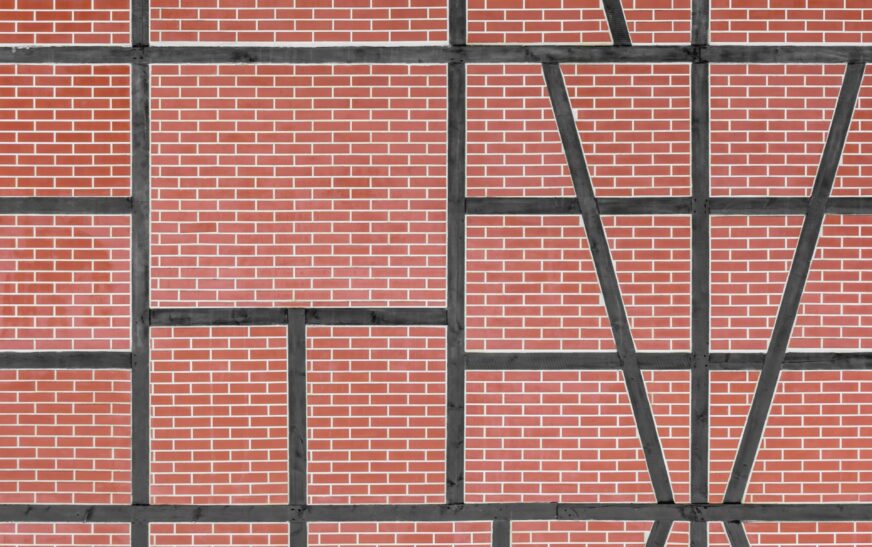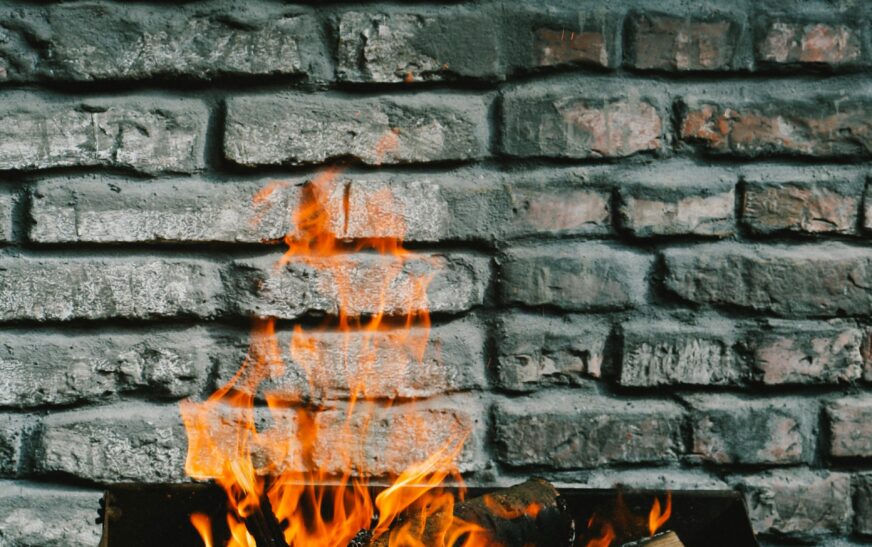Adhesive hooks and strips—like trusty Command™ Strips—are a renter’s best friend. No tools, no holes, no angry landlord. Perfect, right? Well… until you try to stick one on brick. Then things get interesting.
So, do Command Strips actually stick to brick?
Short answer: not really. Long answer: let’s talk about why (and what to do instead).
How Command Strips Actually Work
Command Strips use a pressure-sensitive adhesive that loves smooth, sealed, non-porous surfaces—think glass, painted drywall, tile, metal, or finished wood.
The key here is contact. The more surface area the adhesive can grab, the stronger the hold.
Why Brick Is a Nightmare for Adhesives
Brick and adhesive strips don’t mix well, for a few reasons:
- Texture: Brick is bumpy and uneven, so the strip only touches in random little spots.
- Porosity: Brick acts like a sponge—it absorbs moisture, which weakens adhesives.
- Mortar lines: Those gritty gaps between bricks? Adhesive hates them.
Bottom line: even if you press until your thumbs hurt, the strip’s contact is spotty—and your stuff is headed for the floor.
Do They Ever Work?
Occasionally. Under very specific conditions:
Smooth, sealed brick (painted or glossy)
Indoors only (no humidity, rain, or wild temps)
Lightweight items (think fairy lights, not mirrors)
But even then… don’t trust it with your grandma’s heirloom frame.
When They Definitely Won’t Work
Raw, rough brick (like fireplaces or exterior walls)
Outdoor brick (moisture + dust = instant failure)
Anything heavy (goodbye, picture frame)
In these cases, your Command Strip will give up faster than a New Year’s resolution.
Read More : Do Bricks Burn? A Look at Fire and Brick Behavior
Better Alternatives for Hanging on Brick
Good news: you don’t have to break out the power drill just yet. Try these renter-friendly options instead:
- Brick clips: Snap onto individual bricks (works if your bricks are at least 2 ¼ inches tall).
- Brick hangers: Grip the brick edges using tension—no tools, no mess.
- Specialty masonry adhesives/hooks: Designed for rough surfaces where normal strips fail.
If you’re really stubborn, you could experiment with construction-grade double-sided tape, but fair warning—it’s messy and harder to remove.










